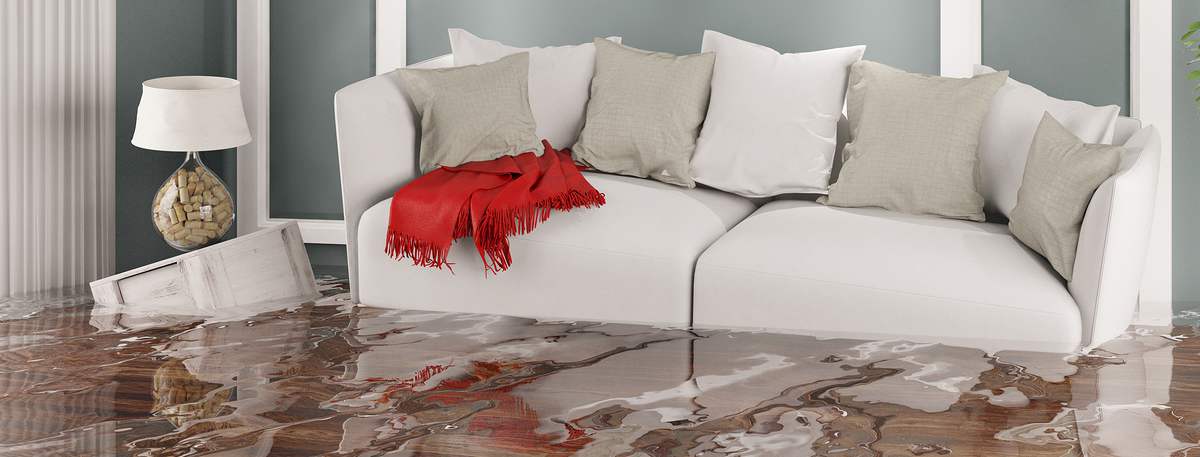Flood Damage
Flooding in Minnesota typically occurs in the spring when rising water from rivers and lakes overflows their natural boundaries and flows across the ground picking up all kinds of contamination. This water is no longer the same river and lake water that we fish and swim in; it’s now contaminated with soil bacteria, decaying insects, animal droppings, oils and fluids from roadways, plus fertilizers and pesticides from fields or gardens.
Flood waters saturating into a home affect the building in three ways
- Water causes direct damage to materials, disintegrating drywall, swelling, warping, or rotting wood, shorting out electrical parts and causing fires or electrical shocks.
- Mud, silt, and unknown contaminants in the water cover everything with a thick, dirty slim that is hard to remove and possess a health threat. Floodwater is not rainwater; it’s a lot more damaging.
- Dampness and warmth promote the growth of moisture-related mold, mildew, and fungus which leads to dry rot and major structural damage.
We recommend that you follow these tips to clean up after a flood
When the rain stops and water subsides, flood victims should call Water Damage Minneapolis™ immediately, to reduce property damage and limit health risks.
Before we arrive, use caution when entering buildings. Make sure electrical power is off and the structure is sound before entering and inspecting a flooded building. Small animals or vermin may also seek shelter inside a structure, so be cautious when repositioning contents or removing materials.
Wear an organic vapor respirator to protect yourself. They are available from hardware or building supply stores, along with rubber gloves, eye protection and protective clothing. Ventilate affected areas by opening windows, and eventually, by placing a fan in a window. Work toward the fan as you clean to minimize cross contamination.

Widespread flooding or isolated areas may require you to take action
During a severe flood or if you live in a remote area that is inaccessible, you may have to take immediate action before a professional restoration company can be on the scene. In these cases it is important to know which items you should just throw away, so you are not overwhelmed trying to save everything.
Porous items that have absorbed contaminated flood water shouldn’t be restored. Drywall, carpet, carpet pad, mattresses, pillows, box springs and particle board normally should be discarded too if they have been damaged by the flood water. Wet clothing and many household fabrics may be salvageable by machine washing them. It’s important to first let these items soak in detergent and hot water for at least 10 minutes, which should remove most stains and any contamination.
Don’t get too carried away with demolition, before the documentation
Your insurance company is going to need documentation of all the water damage, so before you start any demolition, make sure you have lots of detailed photos or a video recording that shows all of the water damage for your insurance claim.
It’s best to have a professional water damage restoration company like Water Damage Minneapolis™ take charge of all the documentation for the insurance claim, then we can proceed with the water extraction, dry out and dehumidification process. While your structure is drying out, our staff will work to ensure that your belongings are carefully packed and stored in a safe, dry environment.
Once we resolve the water damage issue, we will continue to work with you and your insurance company to repair and rebuild the entire damaged area and completely restore your home to its pre-damaged condition.
Water Damage Minneapolis™ is ready to come to your rescue!
Call 763-242-2103 now.